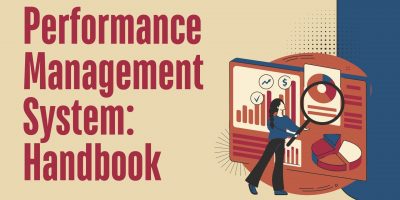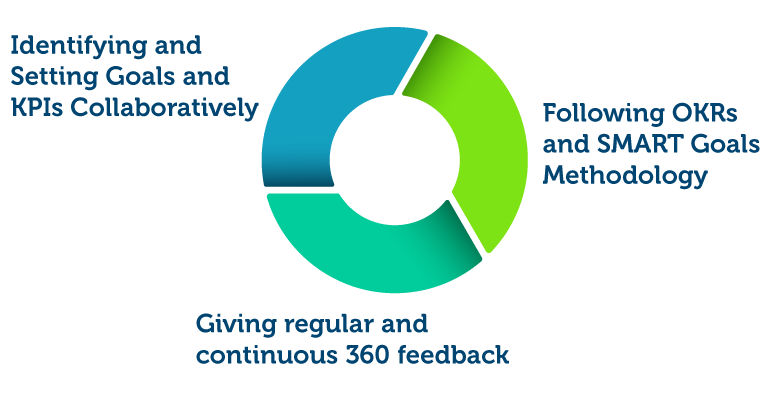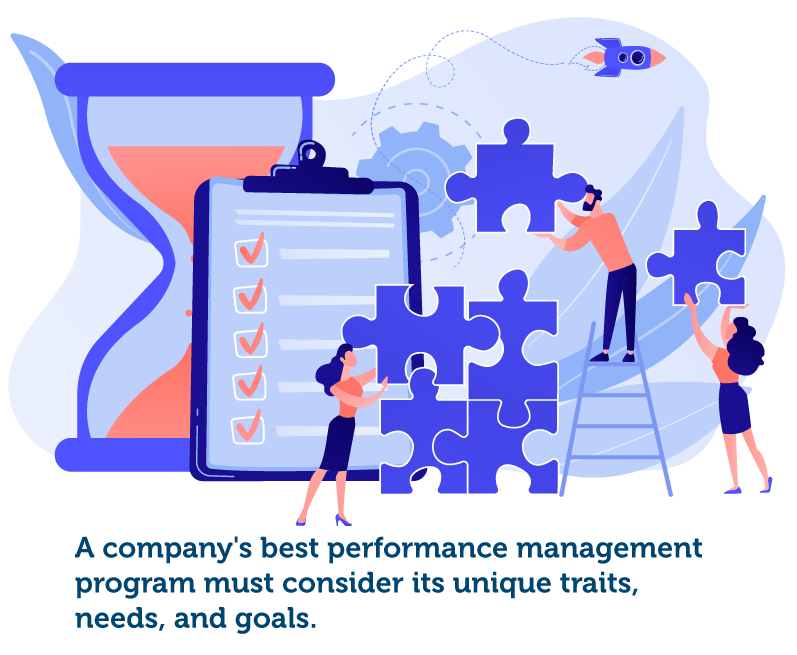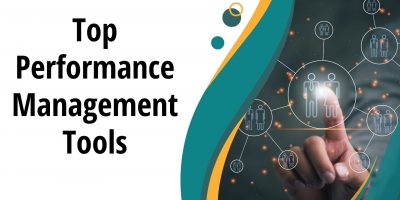A performance management software has many incredible benefits, leading back to clear communication and precise expectations. Performance management software is helpful for short-term strategies and long-term business objectives.
With many software options available, choosing the best one can be overwhelming. Here are some successful and effective software choices to help any business achieve its objectives.
- Synergita Aspire Systems, Inc.
Synergita is a quick and easy solution for performance management, employee engagement, and OKRs. It enables managers to become aware of goals, KPIs, and achievements.
Moreover, it empowers employees with development-focused feedback and coaching opportunities. Additionally, it helps HR teams by digitalizing the processes, thus allowing them to focus on strategic employee engagement and development activities.
2. Workday
Workday helps companies understand, align, and develop their workforce. It gives detailed insight into employees’ performance, skills, abilities, and career interests to help them realize their full potential and drive organizational growth.
It lets managers understand talent strengths and weaknesses and suggest actions through reporting and analysis. It encourages collaboration via frequent check-ins and real-time feedback.
3. ADP
ADP has an easy-to-use interface and intuitive design which helps employees, managers, and HR professionals with their activities. It keeps them engaged throughout the year, thus keeping the company on track.
Additionally, it boosts the effectiveness of performance plans with the right tools, such as prioritizing and aligning goals, peer feedback, and tight integration. The reporting and analytics infrastructure is at the heart of the software, offering superb visibility and empowering employees at every level.
4. Lattice
Lattice is a holistic performance management platform with great tools to help growing companies. It lets businesses run different feedback cycles highlighting updates, peer feedback, and goals.
It encourages managers to set up one-on-one meetings and makes them more effective and productive by providing collaborative agendas and action items. It allows employees to receive public recognition and praise to boost employee engagement.
5. Ceridian
Ceridian allows an organization to define different objectives, such as individual, team, or organizational ones, and link them together in the system. In addition, it lets leaders assign competencies to employees and measure and assess their progress.
It measures performance with a holistic and continuous view, helping businesses gain a deeper understanding of their employees through reviews completed by their managers and peers.







